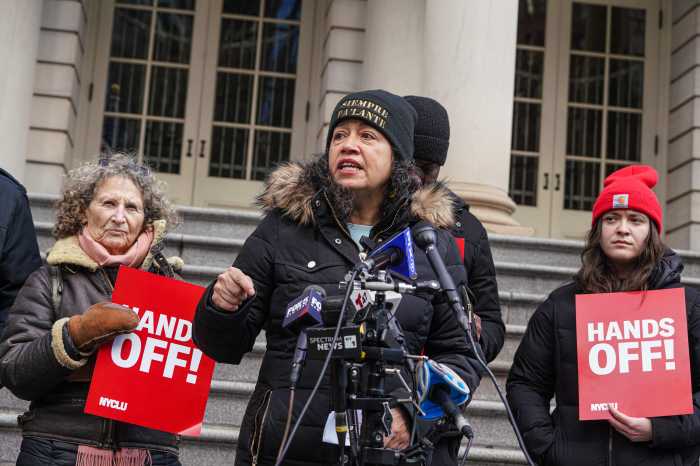A recently-released Federal Aviation Administration (FAA) report reveals that bird-related incidents at airports are far more common than was first suggested after the incident that led to January’s US Airways Flight 1549 splash-landing in the Hudson River.
The report shows 86 incidents involving birds at LaGuardia Airport in 2008, and 101 in 2007. The FAA only released the report after a sea of criticism from the National Transportation Safety Board (NTSB), passengers and media.
However, the Air Transport Association of America, an airline industry group, and the Air Line Pilots Association, a labor union, both insist that the report paints a misleading picture.
“While bird strikes have attracted a lot of attention, they are, of course, rare events. The vast majority of cases result in little or no aircraft damage,” said the Air Transport Association of America.
Under current rules, the reporting of bird strikes is optional, and the FAA has estimated that only 20 percent of incidents are reported. Pilots also want to keep the database closed.
In the two years prior to the Flight 1549 incident, two flights out of LaGuardia were forced to make emergency landings, one at Newark Airport and one returning, due to birds being sucked into an engine. Additionally, one flight aborted take-off during that period after “ingesting” a bird.
Most of the other reports, however, are circumstantial; intact or partial bird carcasses were found near runways or taxiways in the airport.
A handful of the reported bird strike incidents came when flights were as far away as over New York harbor, near the Statue of Liberty, on their way to LaGuardia.
Each incident is reported by date, the name of the airline and description of the aircraft when known, description of the bird and other circumstances such as time, altitude, speed and “phase of flight.”
When known, most incidents are during “approach,” or during “landing roll.” This suggests that pilots are reluctant to “do the paperwork” of filing an FAA report when they complete their flight with no consequence other than to the bird.
In at least one 2007 incident, the pilot was unaware that a small bird had been nearly pulverized during his landing, according to the incident report.
This doesn’t sit well with the NTSB, the federal agency that analyzes train and airplane crashes. “If you strike a bird you really don’t have to report this to the FAA, which means we’re really not getting the full picture,” said NTSB acting chairman Mark Rosenker.
In one report, from May 2, 2007, a Delta Airlines pilot complained, “This is the [deleted]rd bird I’ve hit at LGA.” The pilot suggested a better bird control program, especially at the Flushing Bay end of the runways.
For more information on bird strikes go to https://wildlife-mitigation.tc.faa.gov.
































